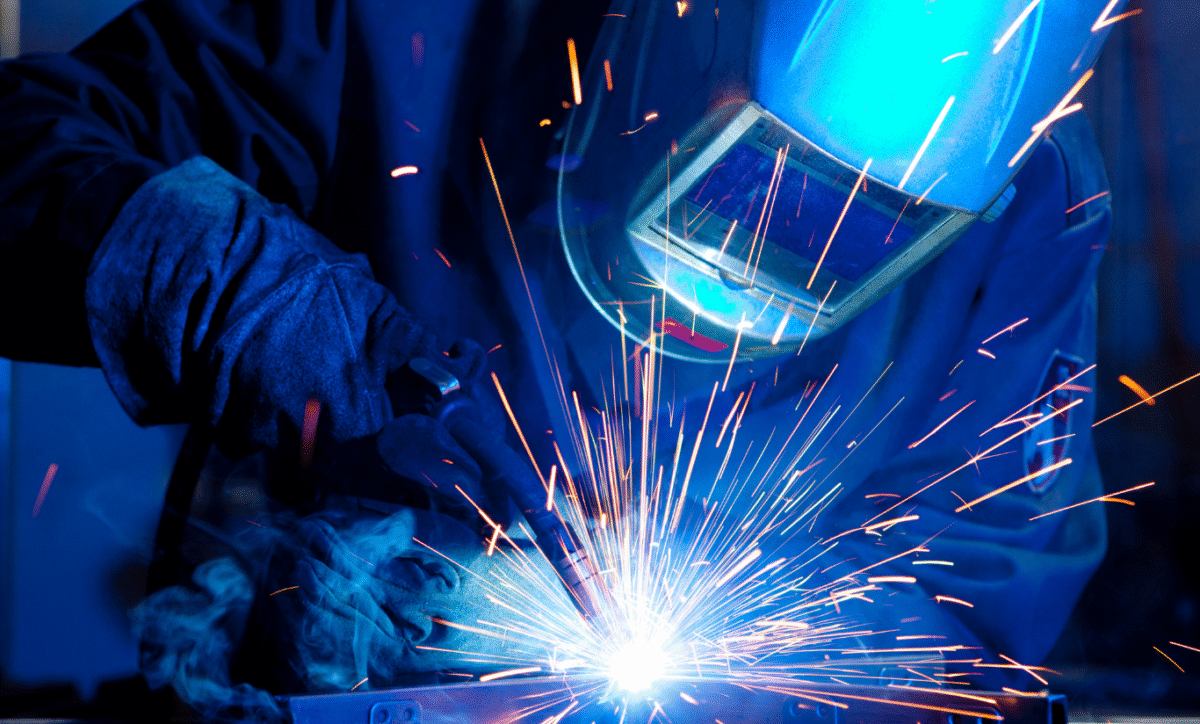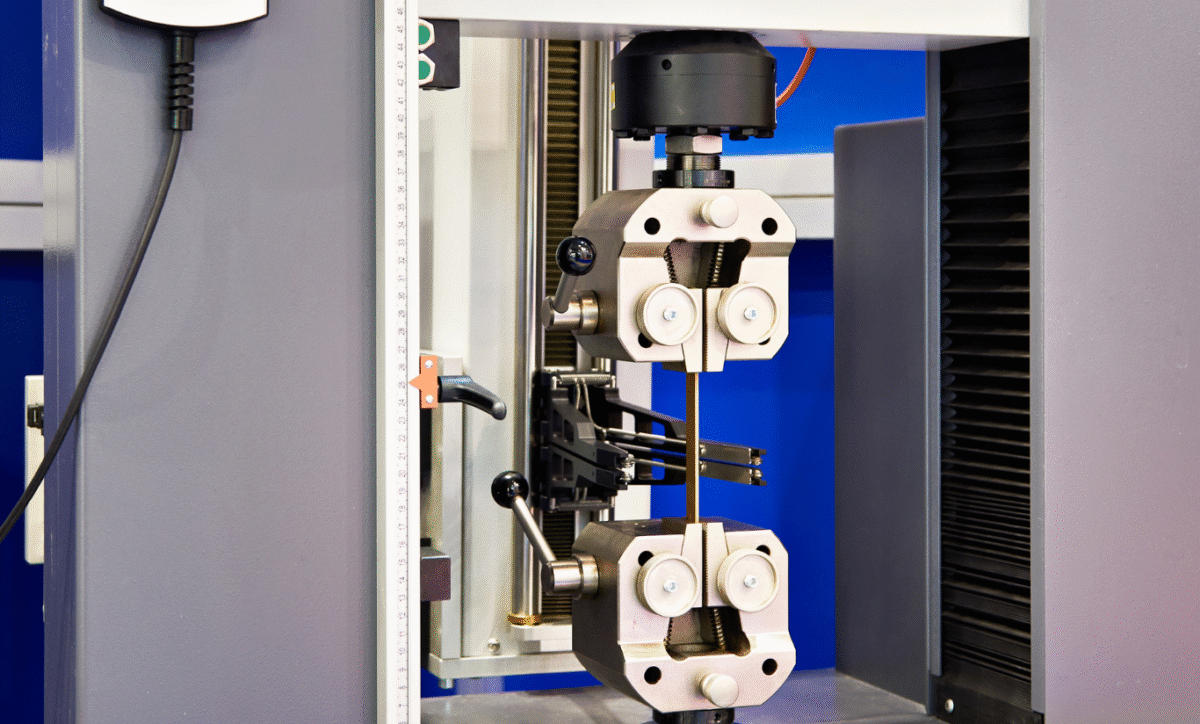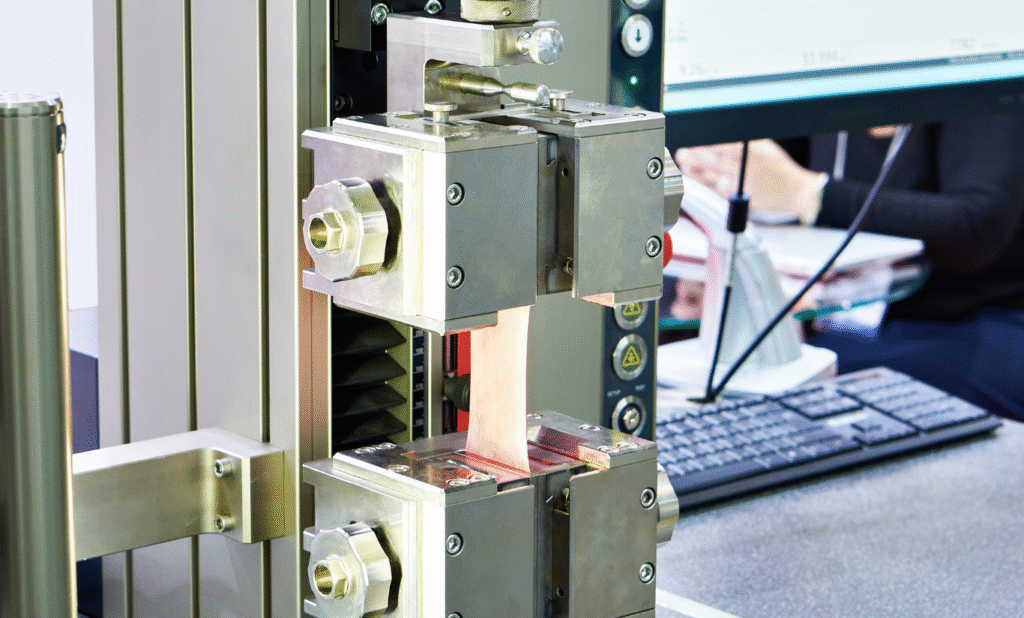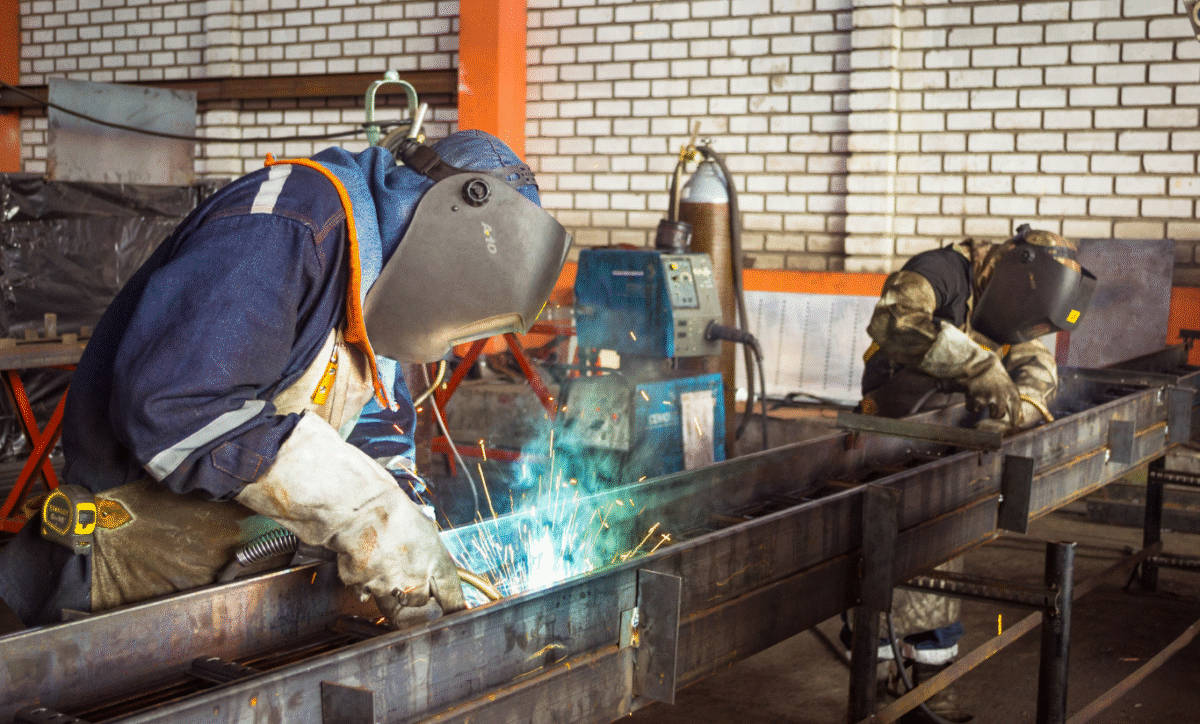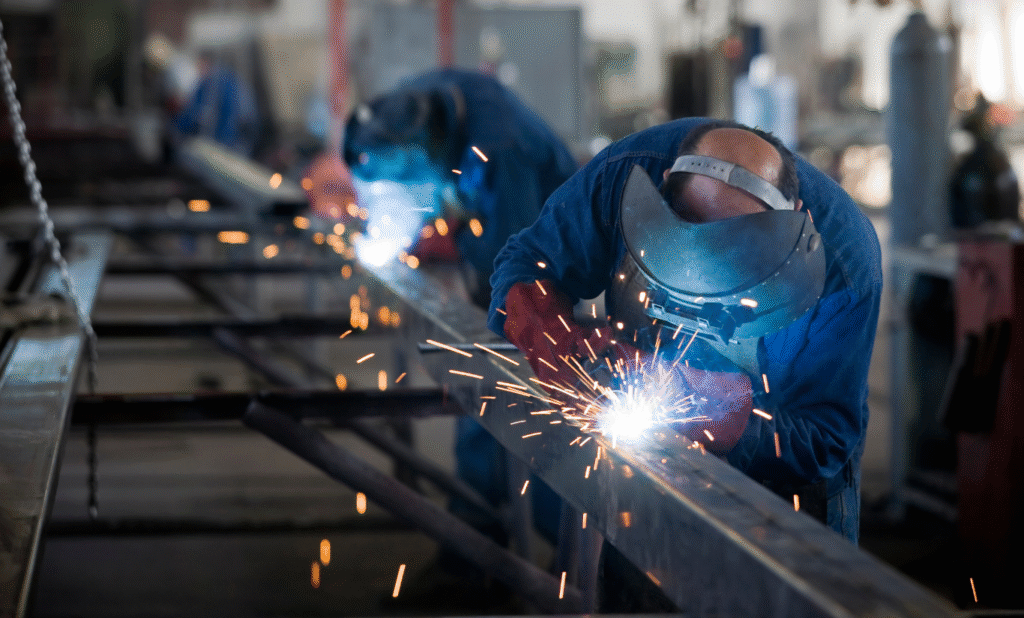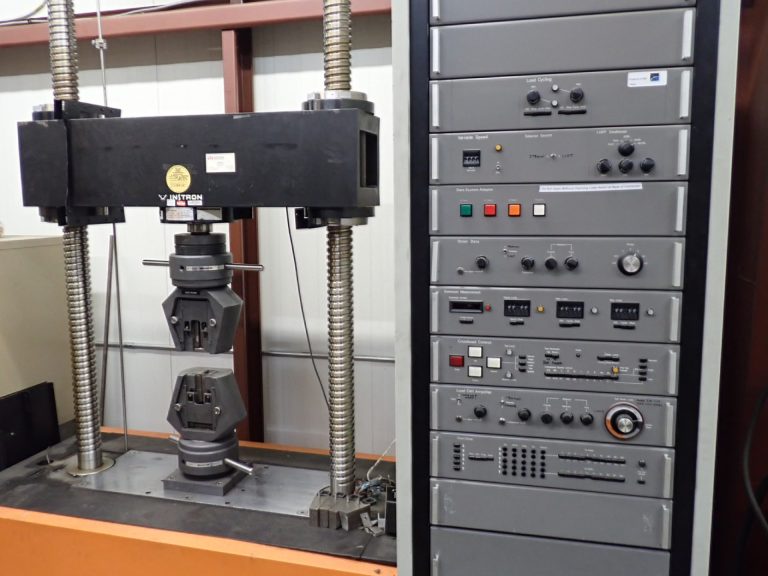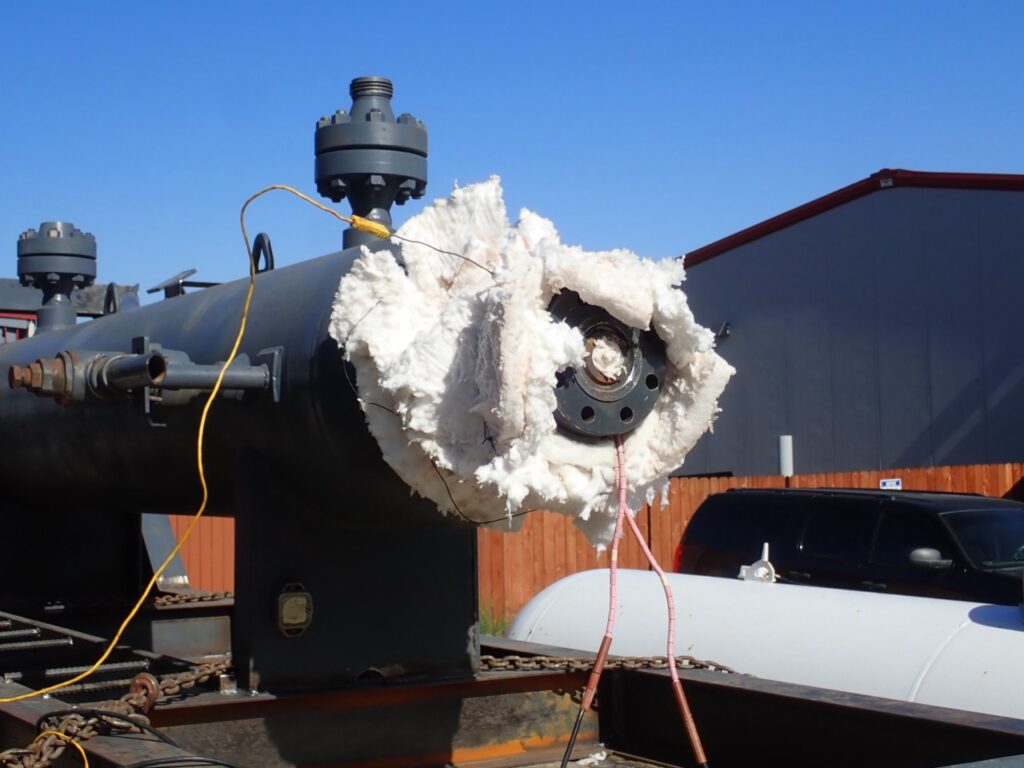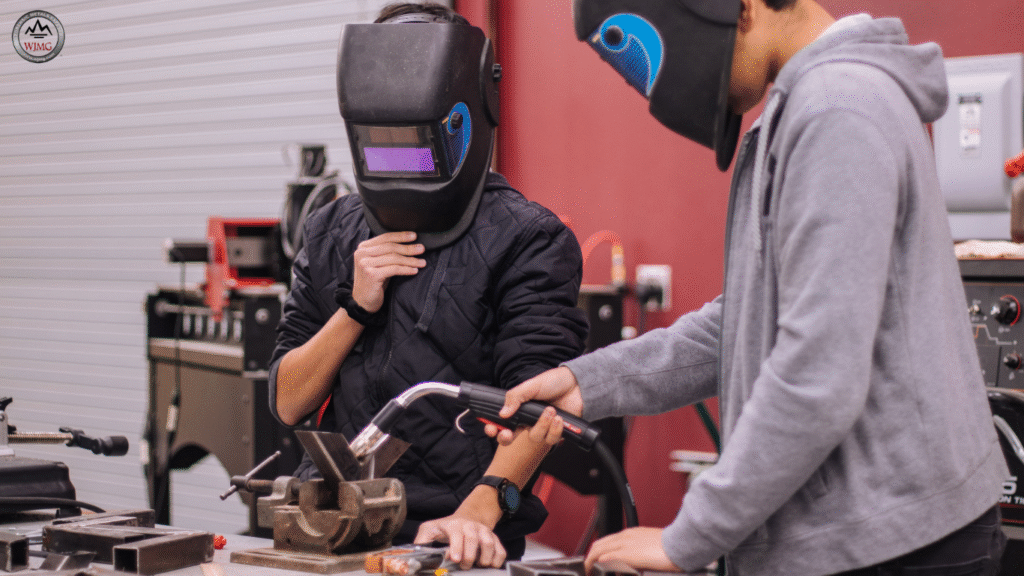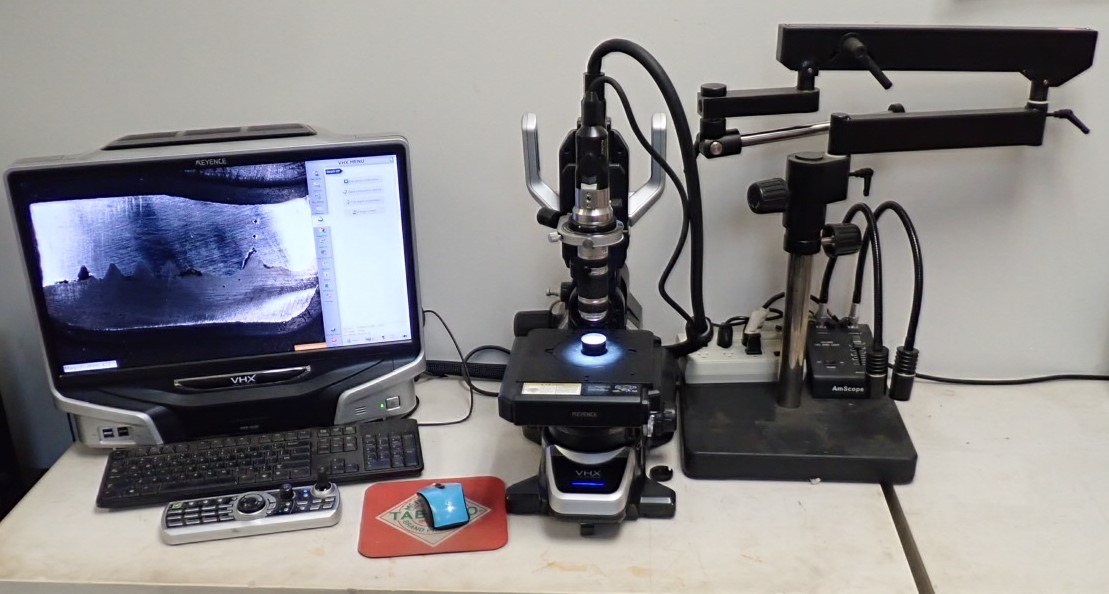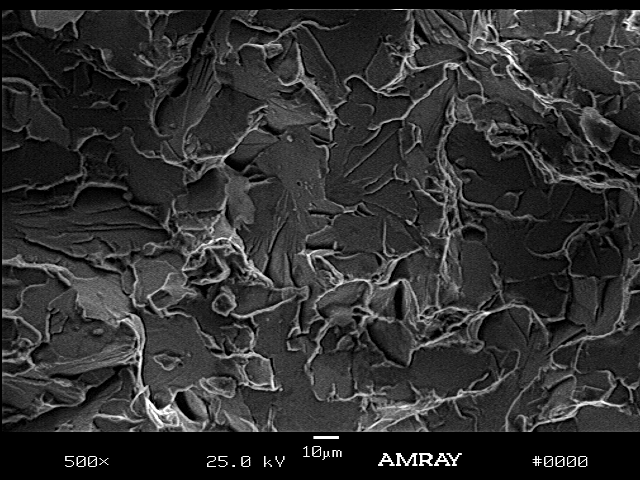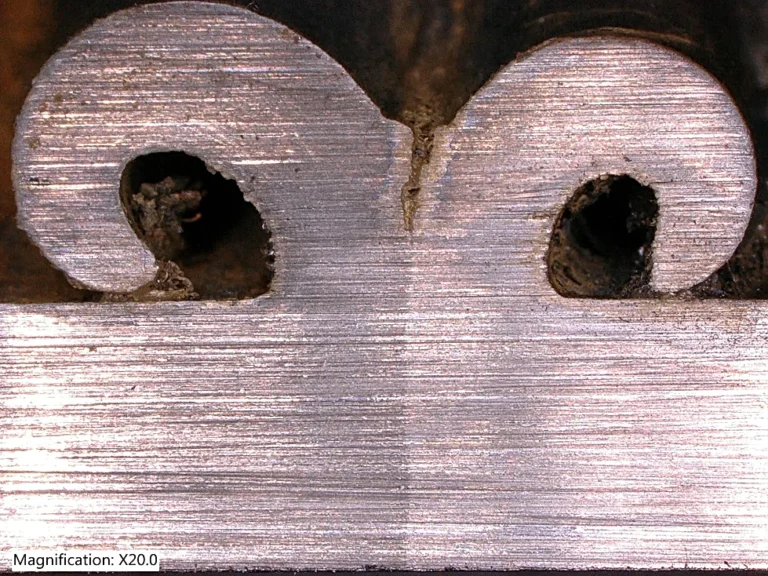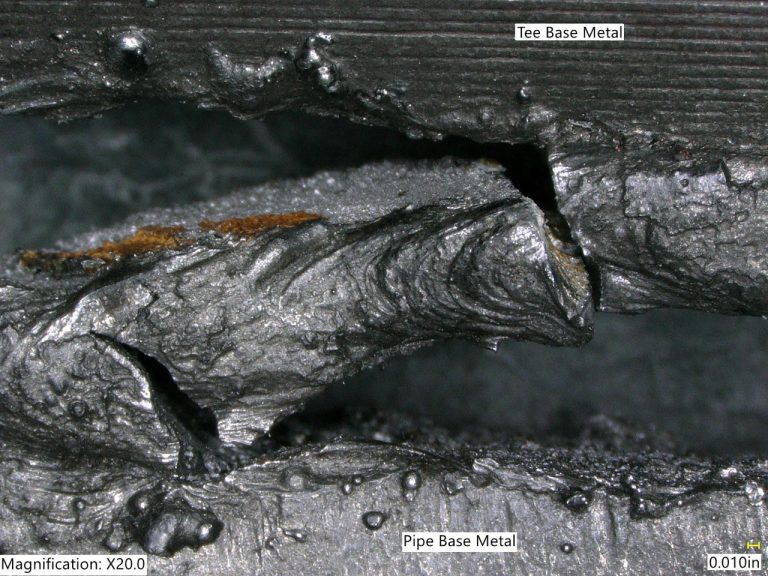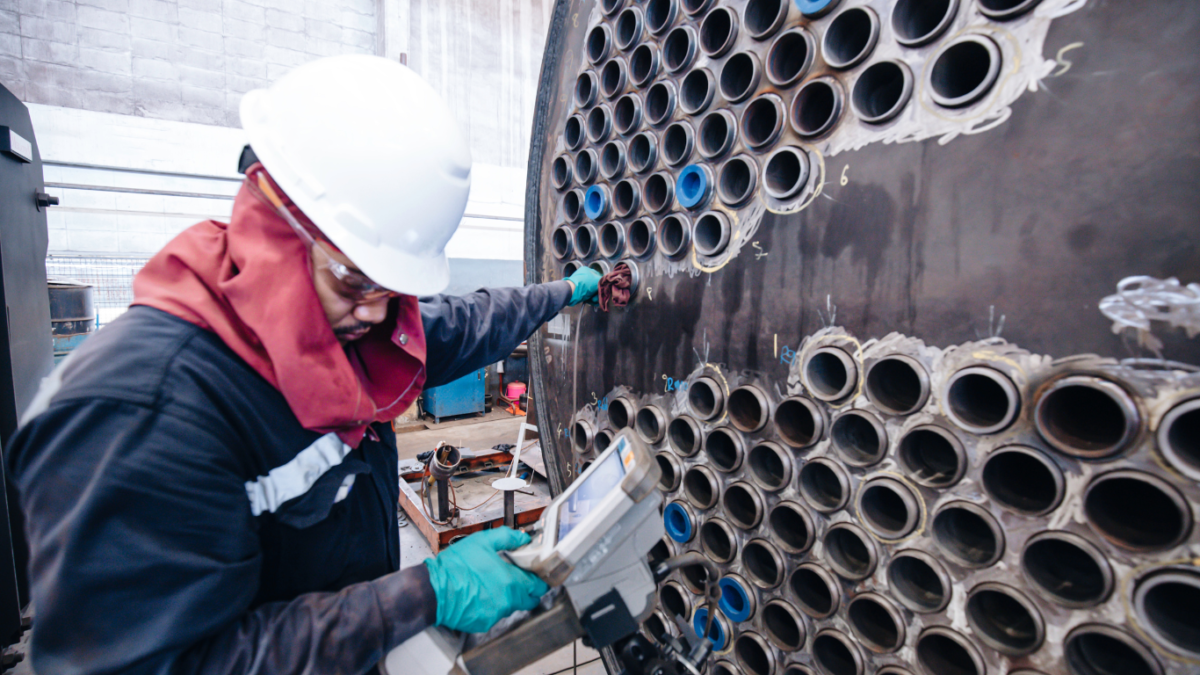Common Mistakes That Cause Welding Certification Test Failures — And How to Avoid Them
Achieving your welding certification can open doors in structural, pipe, aerospace and other welding environments. But many welders face setbacks when the test doesn’t go as planned. At WJMG, we believe understanding common pitfalls is key to turning your welding certification attempt into a success. Here are the typical mistakes we see — and how you can avoid them.
1. Under-preparing for the procedure and code requirements
One of the most frequent reasons for welding certification test failures is insufficient familiarity with the welding procedure specification (WPS), test coupon design, and relevant code (for example AWS D1.1, ASME IX or API 1104). At WJMG , the welder must bring a copy of the procedure that they will be certified on, the (PQR) and be dressed in PPE for welding. If you walk into the test without reviewing the exact joint configuration or positions required, you increase risk of failure.
How to avoid it: Get a copy of the WPS and PQR ahead of time, study it thoroughly, and walk through the joint positions (1G, 2G, 3G, etc) so you know exactly what your welding certification test will require.
2. Poor positioning or joint preparation
Welders must often demonstrate welds in multiple positions (flat, horizontal, vertical, overhead) and on specific joint configurations. The WJMG page explains the types of welding tests include 1F/1G, 2F/2G, 3F/3G, 4F/4G, 5F/5G and 6G. If the test is conducted in a position you aren’t comfortable with, or if the coupon preparation (fit-up, alignment, root gap) is substandard, you risk test failure.
How to avoid it: Practice all required positions ahead of time. If you have access, use coupons similar to your test. Inspect alignment and fit-up carefully before striking the arc. Good joint preparation supports success.
3. Improper machine setup or parameter control
Even a competent welder can fail a certification if machine settings or technique are off. Incorrect voltage, travel speed, heat input or inadequate shielding gas flow can produce defects. On a certification test, any weld discontinuities or lack of fusion can trigger failure.
How to avoid it: Double-check your welding machine setup in advance. Match your settings to the WPS. If WJMG is providing the machine or you bring your own, treat it like real production: clean cables, correct gas, proper polarity. A clean start helps you focus on the weld, not fix the equipment.
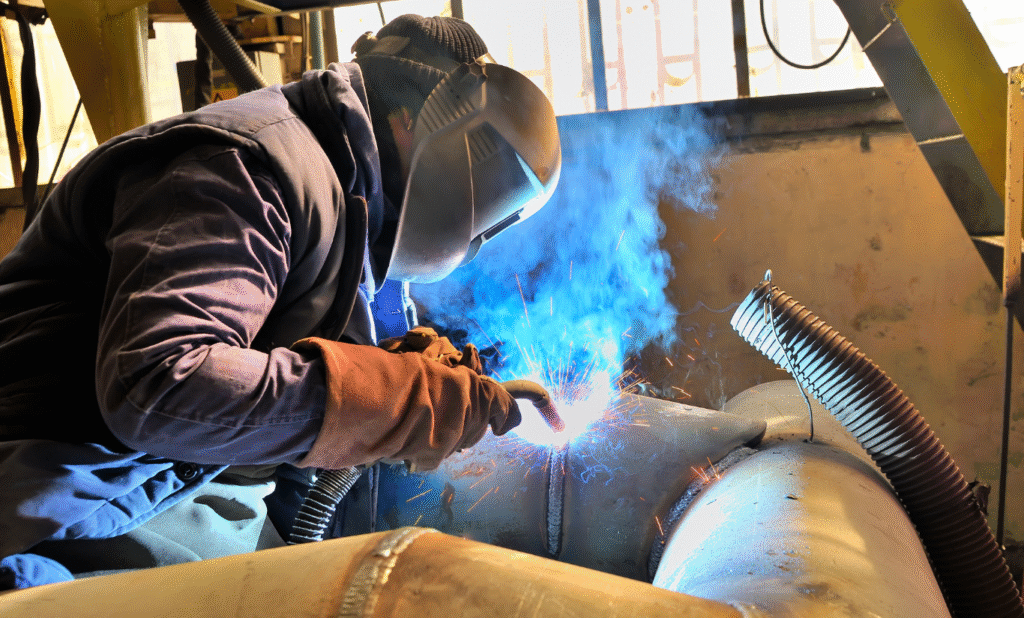
4. Improper PPE or safety preparations
While safety may seem obvious, overlooking proper personal protective equipment or station setup can slow you down or distract you during the test. Not having the correct gear, or arriving unprepared, can cost precious time and focus — and in turn affect your weld quality.
How to avoid it: Review the test site requirements. Arrive early. Have your helmet, gloves, jacket, eye protection, safety boots ready. Confirm your station is clear and you know the steps before striking the arc. This lets you focus entirely on executing the weld, not scrambling.
5. Lack of familiarity with test format and documentation
Welding certification testing often includes not just the weld itself but also documentation, inspector witness, and proper identification. WJMG notes that welders must bring the Intake Sheet and a copy of their driver’s license or state ID. If you show up without required paperwork or aren’t prepared for the witness process, you could be disqualified or delayed.
How to avoid it: Before your test, download required forms, double-check identification, and ask the test facility what the process will look like: who will witness, how you’ll be logged, how defects are handled. Understanding the format gives you confidence.
6. Inadequate post-weld cleaning or defect inspection
After welding, many test protocols expect proper cleaning, visual inspection, and sometimes nondestructive testing of the coupon. If you ignore slag removal, weld spatter or fail to visually inspect your work before submission, you risk detectable defects.
How to avoid it: Once your weld is complete, treat it like production: clean the weld area, inspect for porosity, undercut, slag inclusion, incomplete fusion. Take a moment to remove spatter and check continuity. This final step can make a big difference in passing your welding certification test.
Strengthen Your Skills and Your Future with WJMG
By avoiding these common mistakes you can dramatically increase your odds of passing your welding certification. Whether you are pursuing structural, pipe, aerospace or food-service weld qualification, the process is more reliable when you arrive fully prepared: familiar with the procedure, ready on machine setup, equipped with proper PPE and documentation, and focused on quality from start to finish. At WJMG, we stand ready to help you navigate welding certification testing with experience, a well-equipped facility and expert guidance. Visit our welder certification page to learn more about how we support successful welders and companies.

